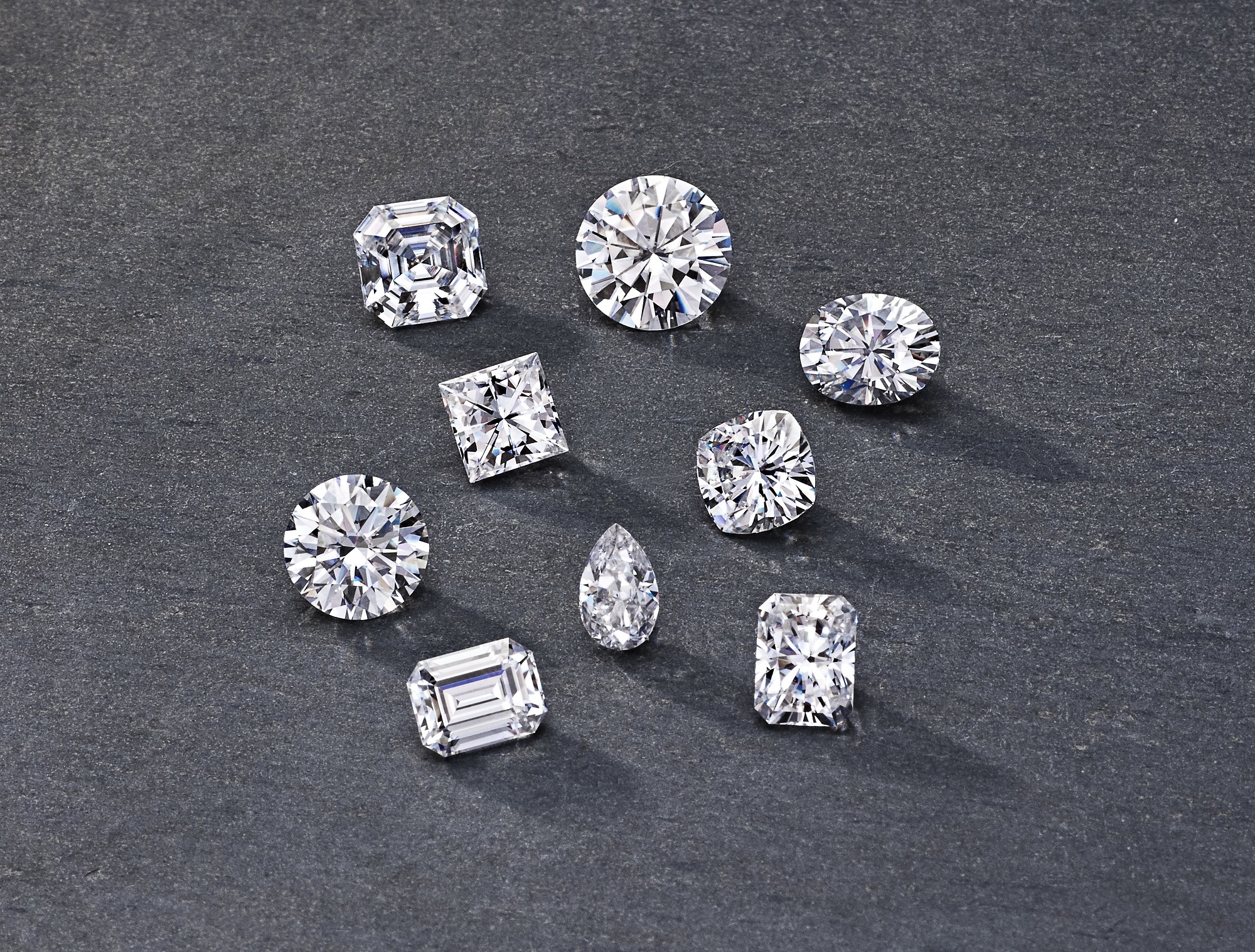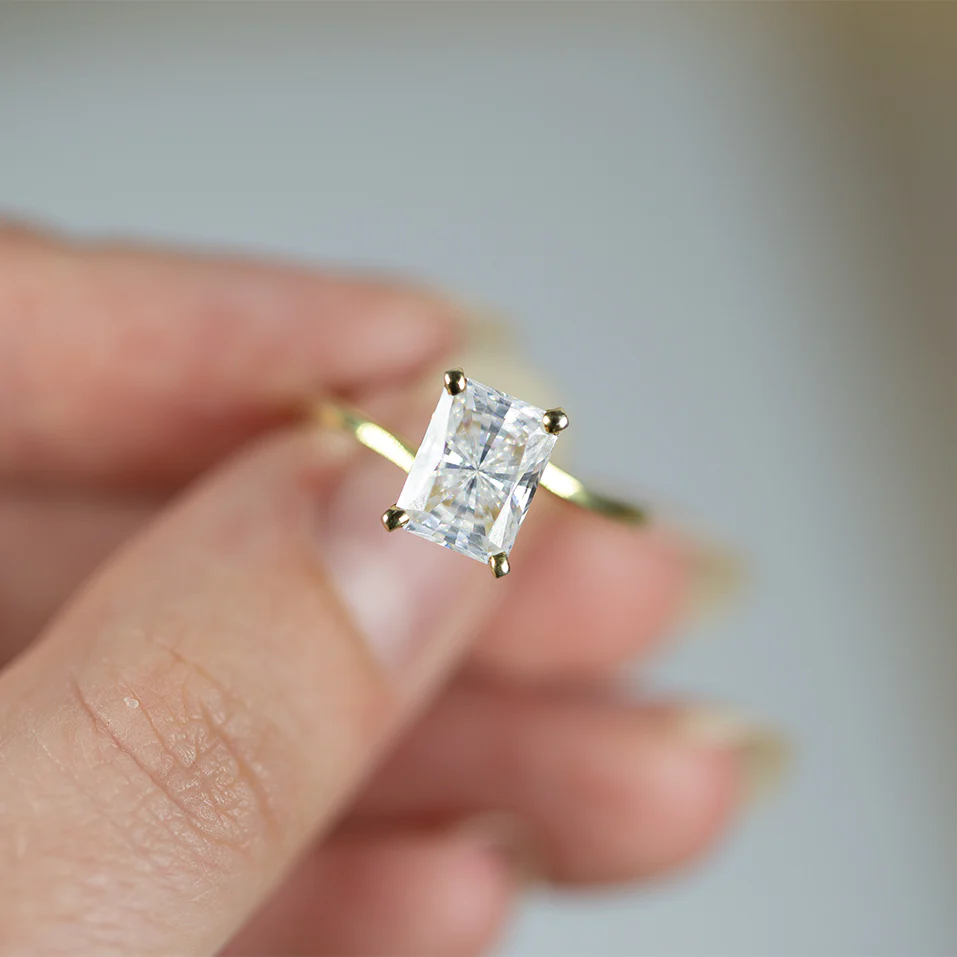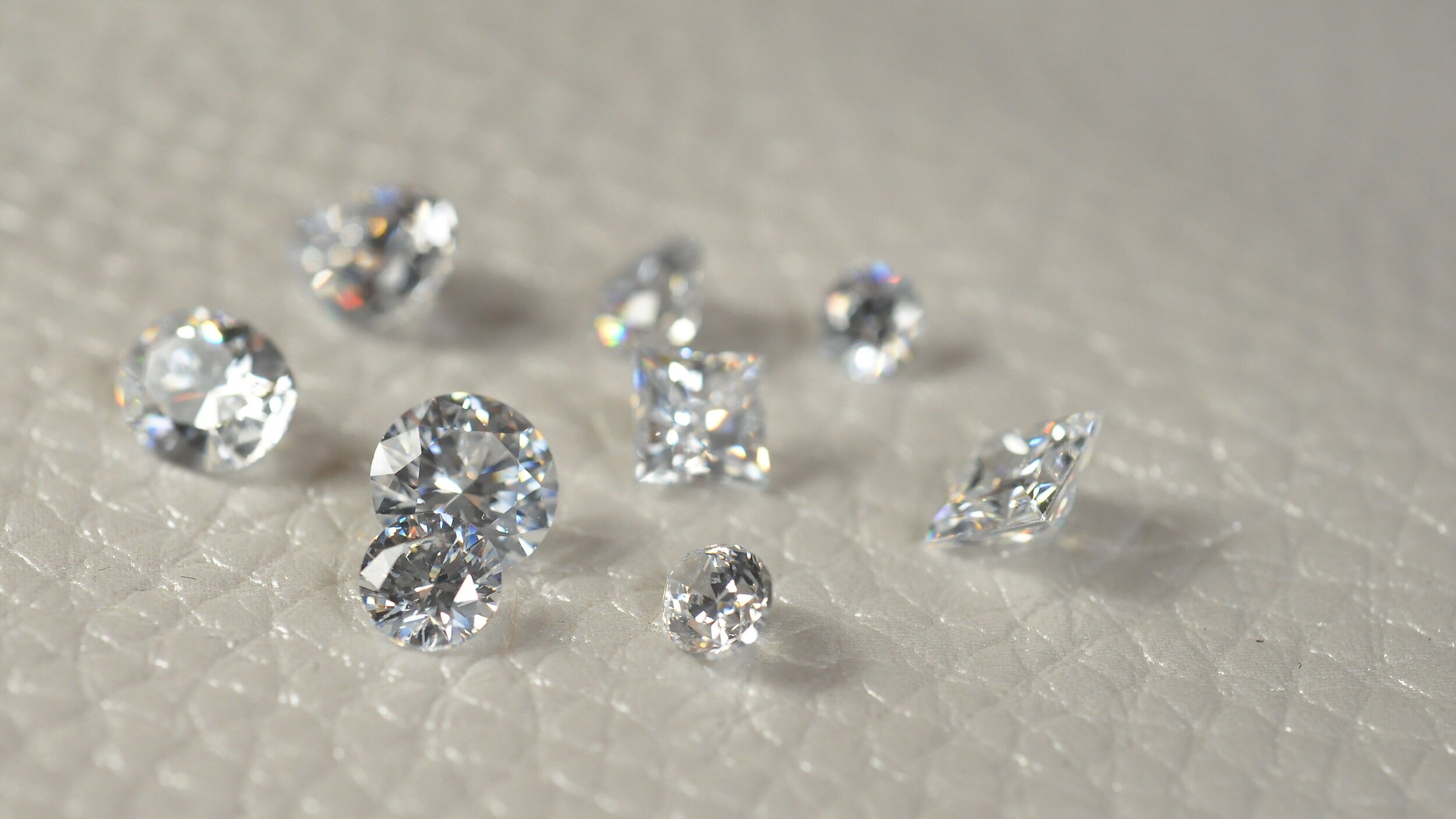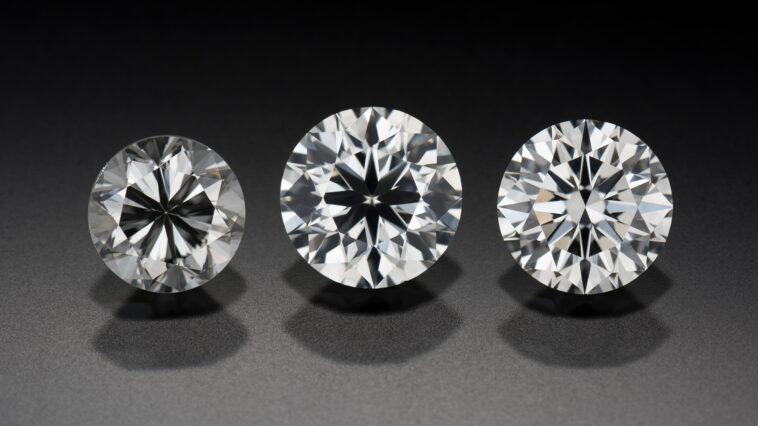Moissanite is a gemstone that has gained considerable attention in the jewelry market for its striking resemblance to diamonds and its unique properties. Its creation process, both naturally and synthetically, is a marvel of science and craftsmanship. In this article, we will explore the detailed process of how moissanite is made, offering insights into the intricate steps involved in its formation.
The Origin of Moissanite
Moissanite’s story begins over a century ago. In 1893, French scientist Henri Moissan discovered tiny, shimmering crystals in a meteor crater in Arizona. Initially, these crystals were mistaken for diamonds due to their remarkable hardness and brilliance. However, it was later identified as silicon carbide (SiC), a compound formed from silicon and carbon. The natural formation of moissanite is extremely rare, occurring in specific environmental conditions in space and deposited on Earth by meteorites.
From Silicon to Silicon Carbide
The journey to creating moissanite starts with its primary ingredient – silicon. This element is abundantly found in nature, primarily as sand. To transform silicon into silicon carbide, a high-temperature process known as carbothermal reduction is used. This involves heating silicon dioxide (sand) with carbon in a furnace at temperatures around 2000 to 2500 degrees Celsius. The extreme heat facilitates the reaction between silicon and carbon, leading to the formation of silicon carbide.
Pioneering Crystal Growth

In 1955, Jan Anthony Lely, a Dutch scientist, developed a method for producing larger crystals of silicon carbide. This process, known as the Lely method, involves sublimating silicon carbide powder at high temperatures in an inert atmosphere, allowing the vapor to deposit and grow on a seed crystal. The Lely method paved the way for large-scale production of silicon carbide crystals but had limitations in controlling the purity and consistency of the final product.
Moissanite’s Place in the Jewelry World
Moissanite has carved out its niche in the jewelry industry with stunning rings and necklaces. It’s celebrated not just as an alternative to diamonds but as a gemstone in its own right. With its unique properties, ethical production, and captivating beauty, moissanite continues to enchant consumers and experts alike. Its story, a blend of cosmic origins, scientific ingenuity, and artistic craftsmanship, adds to its allure, making it a gemstone for those who value both beauty and substance. Check out more on the best Moissanite rings.
The Modified Lely Method
To overcome the limitations of the original Lely method, modifications were introduced. These include using a seed crystal and carefully controlling the temperature and pressure conditions in the growth chamber. This modified process allows for better control over the crystal structure and quality, resulting in more uniform and pure moissanite crystals.
Cutting and Polishing: Crafting the Gemstone
Once the silicon carbide crystals are grown, they are cut and polished into gemstones. Moissanite is one of the hardest substances on Earth, second only to diamonds. This makes the cutting process challenging but also allows for precision and intricate designs. The cutting is typically done using diamond-tipped tools, and the facets are carefully crafted to maximize the stone’s brilliance and fire.
Quality Control
Quality control is a crucial step in the moissanite manufacturing process. Each stone is meticulously inspected for clarity, color, cut, and carat weight. Advanced equipment is used to measure the refractive index, fire, and brilliance of the stones, ensuring that only the best quality moissanite makes it to the market.
The Final Product: Moissanite as a Gemstone
The final product, moissanite, is a testament to human ingenuity and the wonders of science. It stands as a sustainable and ethical alternative to diamonds, offering similar aesthetic qualities at a fraction of the cost. Its durability, brilliance, and fire make it a popular choice for jewelry, capturing the hearts of those seeking a unique and environmentally conscious gemstone.
The Environmental and Ethical Impacts

A significant aspect of moissanite’s appeal is its minimal environmental footprint compared to traditional diamond mining. The lab-grown process eliminates the need for mining, drastically reducing ecological disruption and the associated negative impacts on wildlife and communities. Furthermore, the ethical considerations are clear; synthetic moissanite sidesteps the concerns often associated with diamond mining, such as labor exploitation and funding conflicts.
The Role of Technology in Refinement
The evolution of moissanite production is closely tied to advancements in technology. Precision equipment and cutting-edge techniques have enhanced the ability to control the quality and properties of moissanite. Innovations in crystal growth methods have enabled the production of larger, more flawless crystals, and improvements in cutting technology have allowed for more intricate and diverse designs.
The Science Behind Moissanite’s Brilliance
What sets moissanite apart in terms of visual appeal is its exceptional brilliance and fire. These properties are a result of its high refractive index and dispersion. The refractive index determines how much light is bent when entering the stone, and moissanite’s value is higher than that of a diamond, resulting in greater brilliance. Its dispersion, or fire, is also notably higher, which explains the rainbow-colored flashes emitted under light.
Customization and Design Possibilities
Moissanite’s versatility extends to its adaptability in various jewelry designs. Due to its hardness and resilience, it can be cut into almost any shape, from classic round to more unique cuts like pear or marquise. Jewelers and designers appreciate moissanite for its flexibility, allowing for a wide range of creative and personalized designs.
The Market Perception and Future Trends

Initially, moissanite faced skepticism from consumers accustomed to traditional gemstones. However, as awareness and understanding of its qualities and benefits have grown, so has its popularity. It’s increasingly seen as a savvy choice, offering luxury and beauty akin to diamonds but with a more accessible price point and ethical production. The future looks bright for moissanite, with trends suggesting a continued rise in its acceptance and demand.
Summary
In conclusion, moissanite’s journey from a rare natural mineral to a beloved gemstone is a testament to human creativity and technological progress. Its production process, from the transformation of simple elements into brilliant crystals to the meticulous craftsmanship in cutting and polishing, is a remarkable story. With its combination of ethical production, environmental friendliness, and stunning beauty, moissanite stands as a symbol of modern innovation in the world of gemstones.




